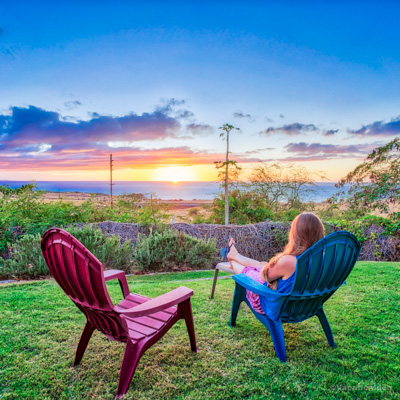10 Best Ocean and Lake Beaches in Georgia

Georgia’s coastline may be just 100 miles long, but I instantly fell for its beautiful beaches when I moved to the South. From wide sandy stretches to peaceful barrier islands, you can taylor your vacation to your interests. The best part? In addition to ocean beaches, The Peach State is also home to some amazing lake beaches that are super easy to get to. Here are the beaches in Georgia I recommend from our recent four week road trip, and I think you’ll enjoy them too.
Best Ocean Beaches in Georgia
I'm starting with Georgia's ocean beaches because we started our journey from Savannah, but you can just as easily start with lake beaches first by basing yourself in Atlanta.
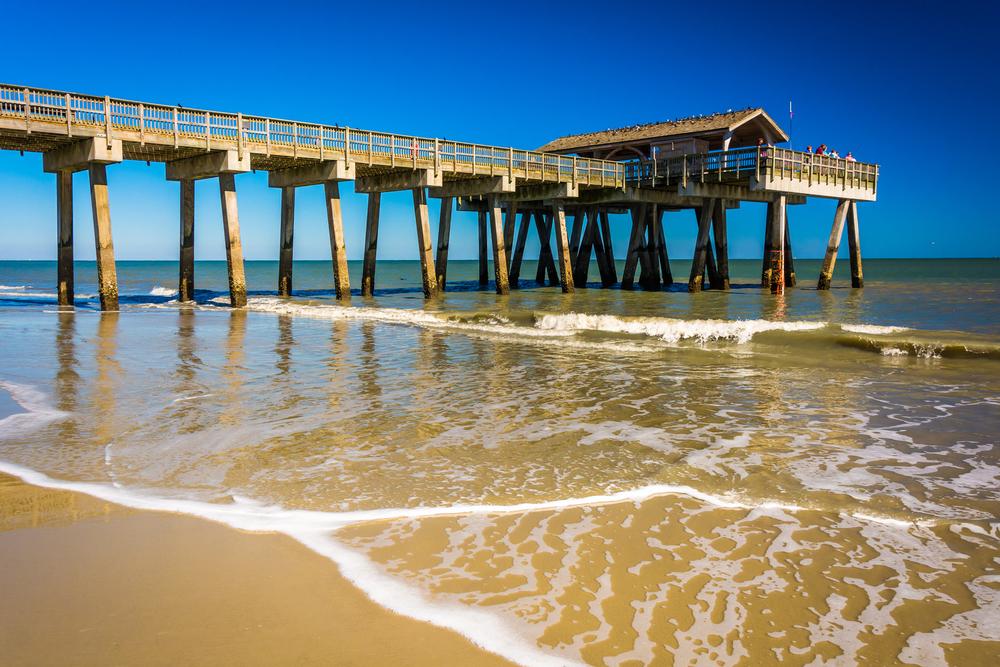
1. Tybee Island
No post about the best beaches in Georgia can start without this place at the top. If you're used to the Golden Isles’, get ready to find a more playful setting on Tybee Island! If you have only have time for one of Georgia's best beaches, trust me, Tybee Island is the place to go!
All in all, Chris and I thought that Tybee Island was one of the best beach destinations in Georgia. Why? Because it doesn't get much better than wide sandy beaches, pastel-colored cottages, rocking chairs on porches, and convenient seafood shacks, plus proximity to great things to do in Savannah.
Just 20 minutes east of Savannah, the drive over the causeway quickly puts you in vacation mode. I spent three easygoing days at 3-star Hotel Tybee. where the pace was relaxed and casual. We visited the Tybee Island Lighthouse, relaxed during the day, and lingered over sunset at the Tybee Pier.
Nearby in Savannah (if you get bored of relaxing or your kids get restless), you can visit historic sites and parks like Forsyth Park and Wormsloe Historic Site, explore River Street and City Market, and check out unique museums such as the American Prohibition Museum and the Owens-Thomas House.
- Check prices at Hotel Tybee
- Map & Directions
- Location: On the Atlantic coast of Georgia, at the mouth of the Savannah River
What I loved best:
My personal highlight was walking on the trails at North Beach while looking for dolphins in the mornings.
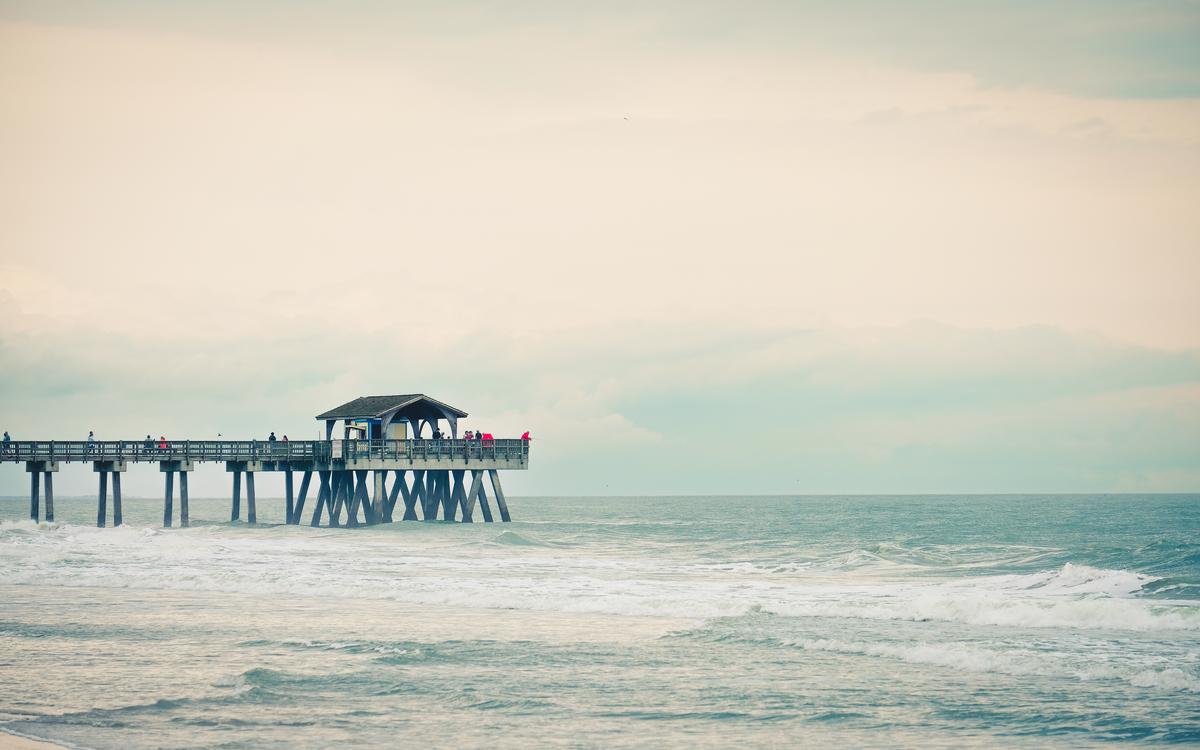
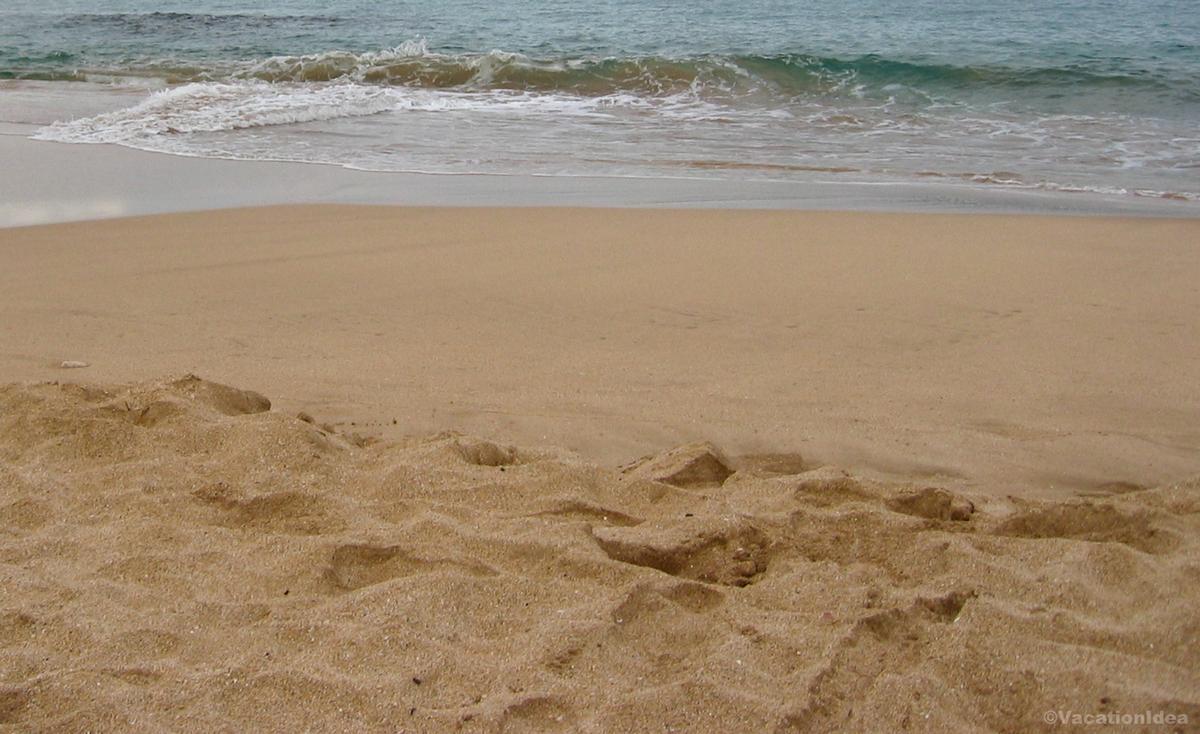
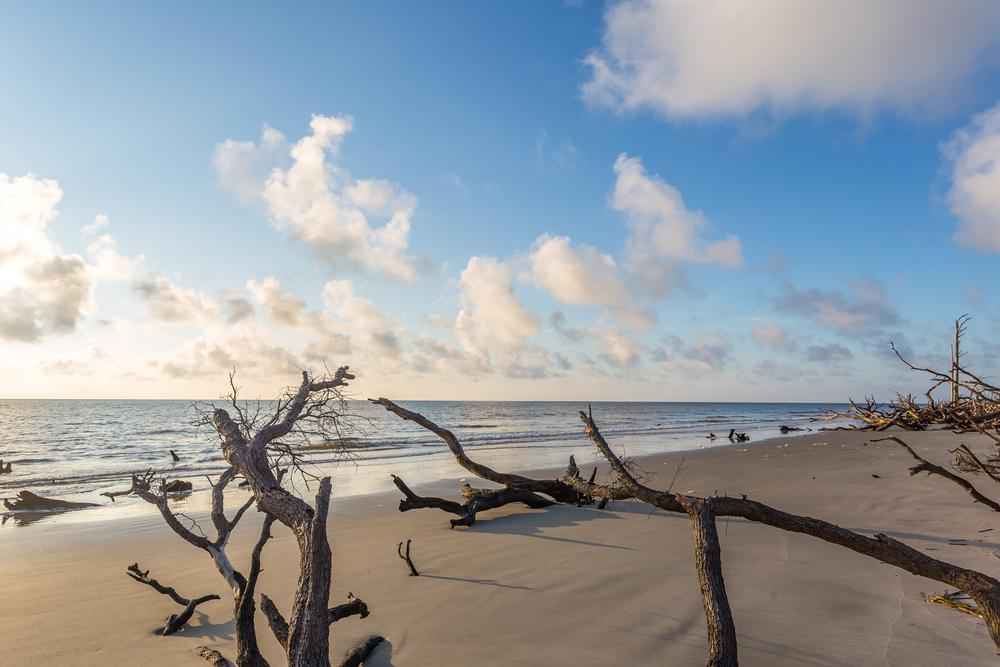
2. Driftwood Beach, Jekyll Island
This was this super unique place where bleached tree parts create a natural sculpture garden right on the shore. If you catch it on a stormy day, it's haunting beautiful, a hidden gem that you can't experience anywhere else. We took our time and checked out the trees with their roots exposed (trunks toppled to the side). You can be sure that what you are seeing is 100% unique, created by nature for just that day when you made it there.
I thought that Driftwood Beach was one of the best beaches in Georgia. Why? Located on the northern tip of Jekyll Island, Driftwood is easily accessible yet has that remote feeling that lets you relax surrounded by nature.
I recommend staying at 4-star Jekyll Island Club Resort for two days. It's won the AAA 3-Diamond award so you can trust that it's a quality place. Staying for two days will give you time to check out Driftwood Beach, Glory Beach (next on my list of best beaches in Georgia), Great Dunes Park, and even discover some other local hidden gems that we may have missed.
- Map & Directions
- Location: On the northeastern shore of Jekyll Island, Georgia, facing the Atlantic Ocean
What I loved best:
I visited in the late afternoon, when golden light shone through, my personal highlight.
A downside? The beach itself is more for exploring than swimming.
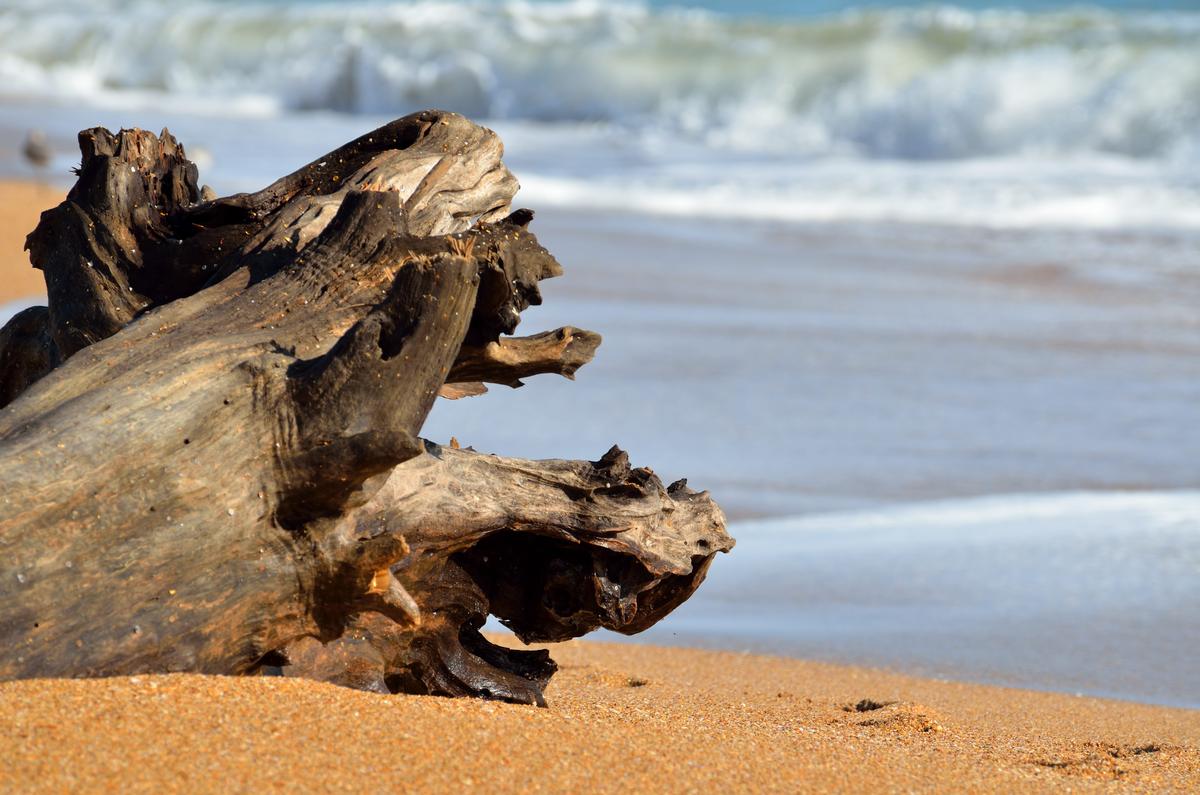
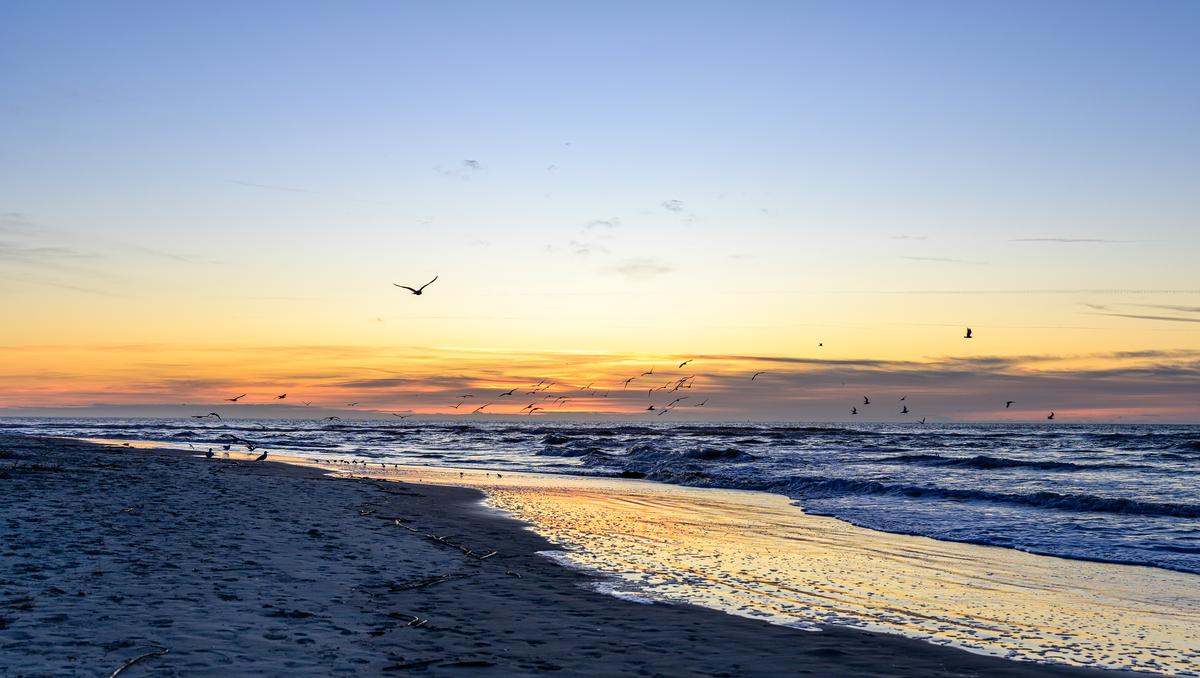
3. Glory Beach, Jekyll Island
The second beach that's must-see on Jekyll Island and that I think is one of the best beaches in Georgia is Glory Beach. why? Because Glory Beach was easily one of the most serene and cinematic spots I found on Georgia’s coast! We found it easy to explore along the wooden boardwalk that takes you through wide salt marshes and dunes.
The beach earned its name from the 1989 film Glory, which filmed scenes of Civil War troops along this very stretch of sand.
- Map & Directions
- Location: On the southeastern coast of Jekyll Island
What I loved best:
My personal highlight was standing on the beach, just memorizing the feeling of being on such an untouched beach.
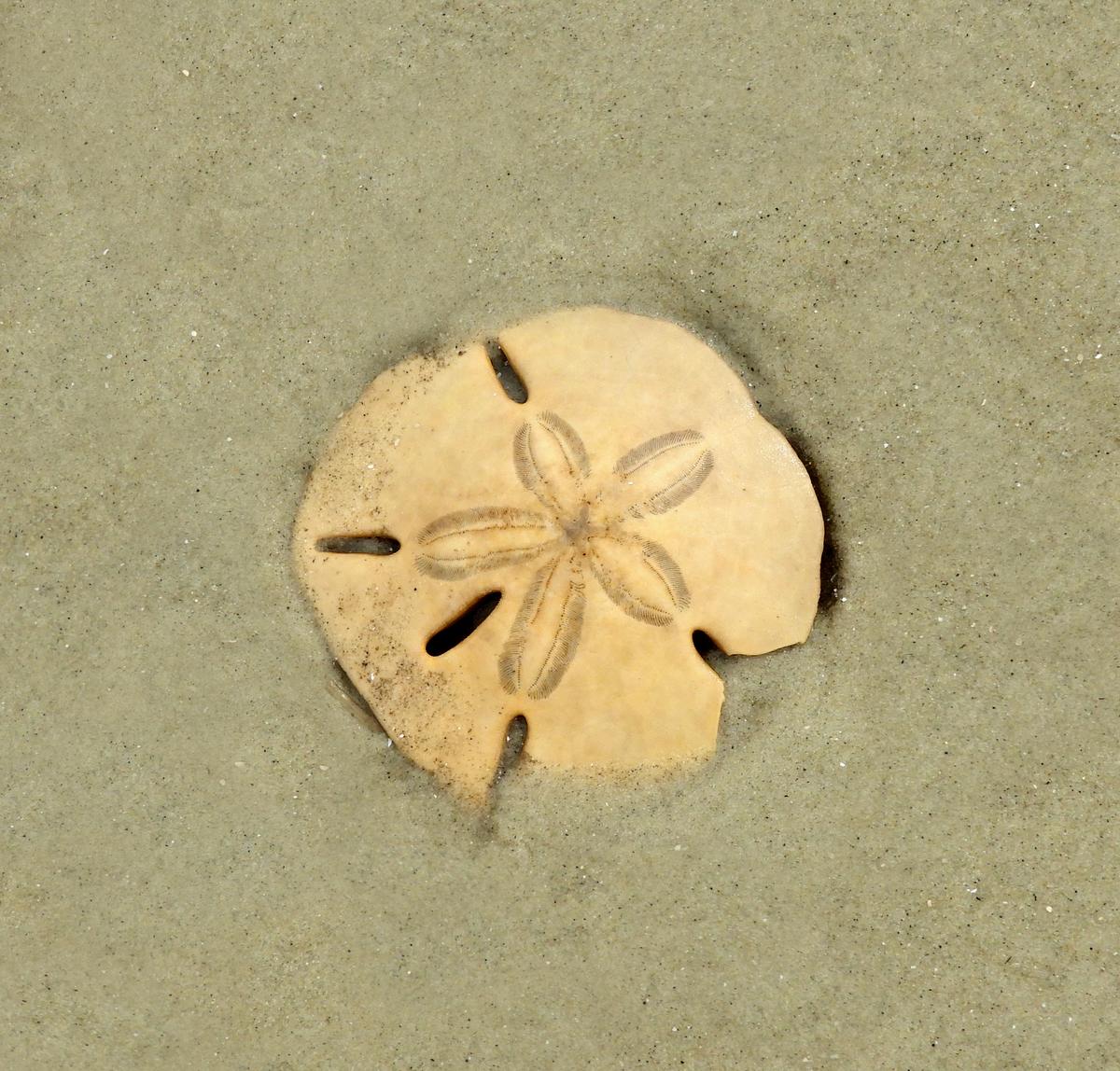
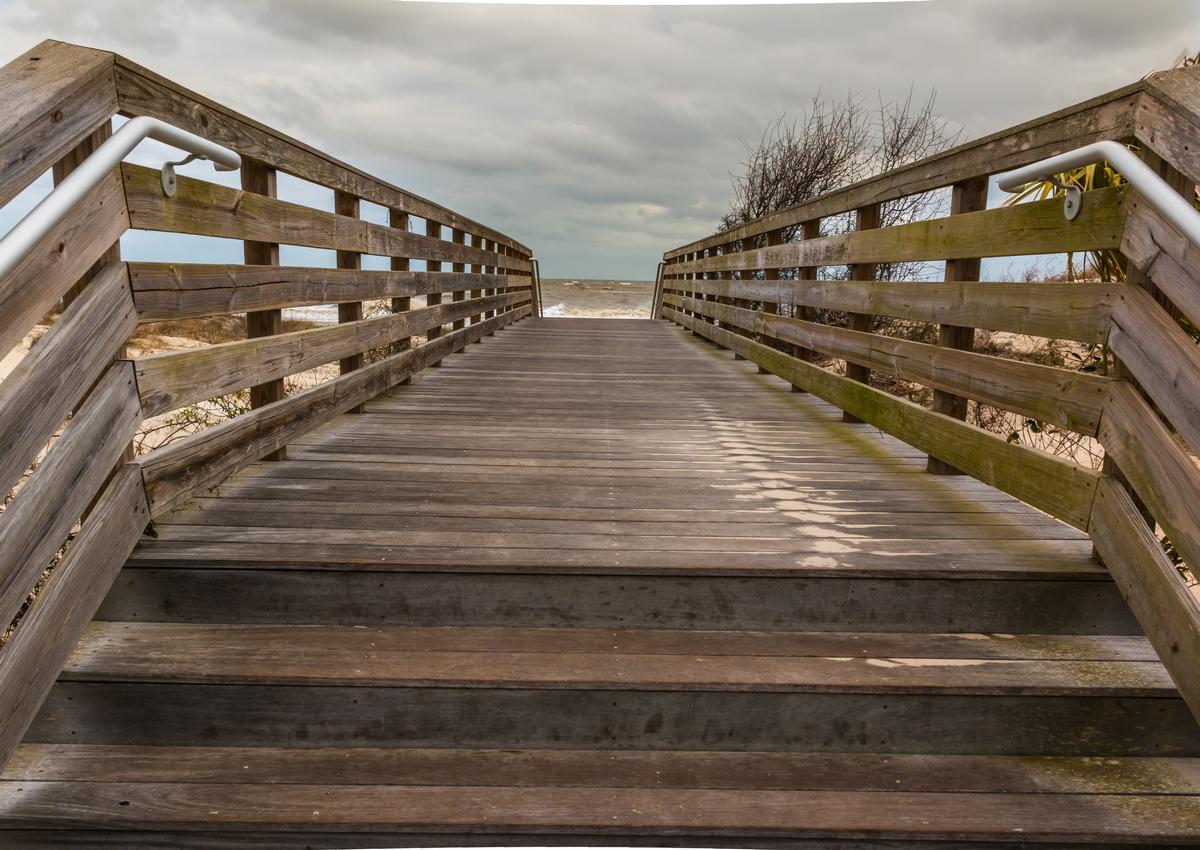
4. Great Dunes Park, Jekyll Island
If you want to feel the heart of Jekyll’s beach scene, plan a 3-hour trip to this park. It has that classic “day-at-the-beach” feel and is very family-friendly.
Dunes and golden sand filled with beachgoers who set up umbrellas, kids ran laughing into the surf, and bicyclists biked on the boardwalk paths nearby. There was plenty of natural beauty for sure, with the addition of an easygoing social energy. The park is set along the island’s eastern shore, just north of the Jekyll Island Convention Center.
- Map & Directions
- Location: On the central oceanfront of Jekyll Island, Georgia, along Beachview Drive
What I loved best:
My personal highlight was heading to Great Dunes Park for a cool, beach social vibe.
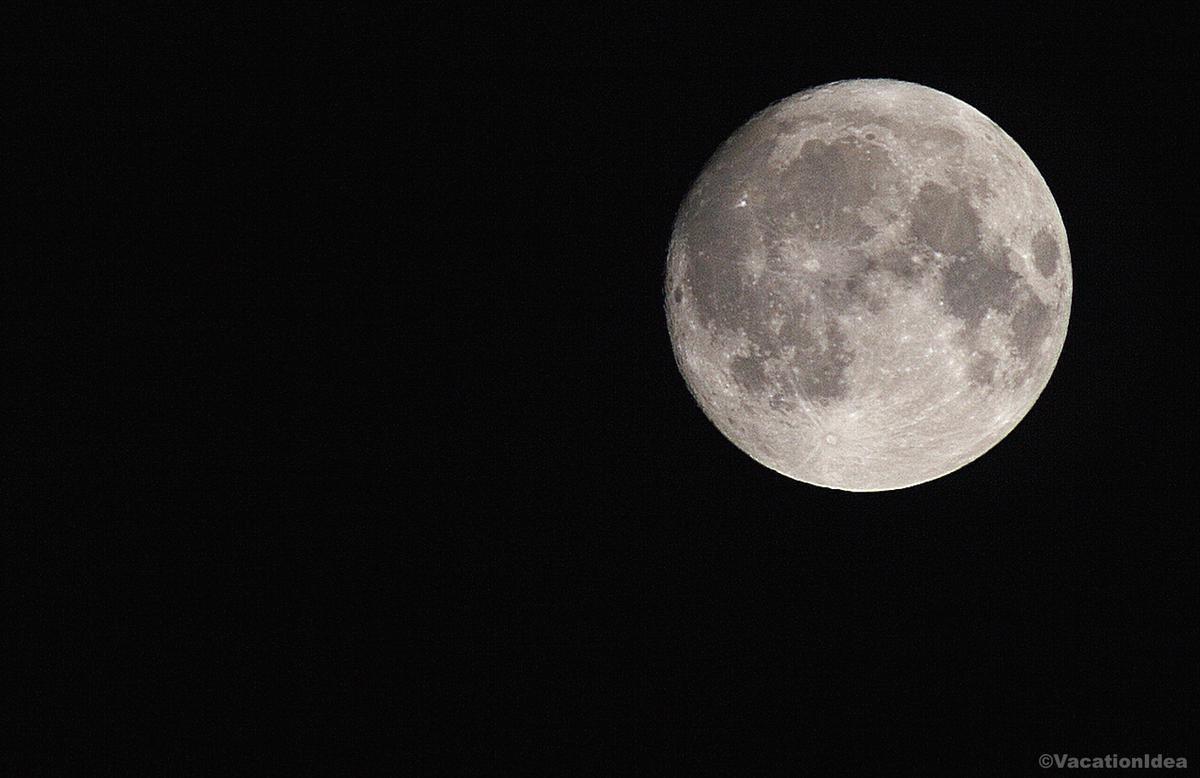
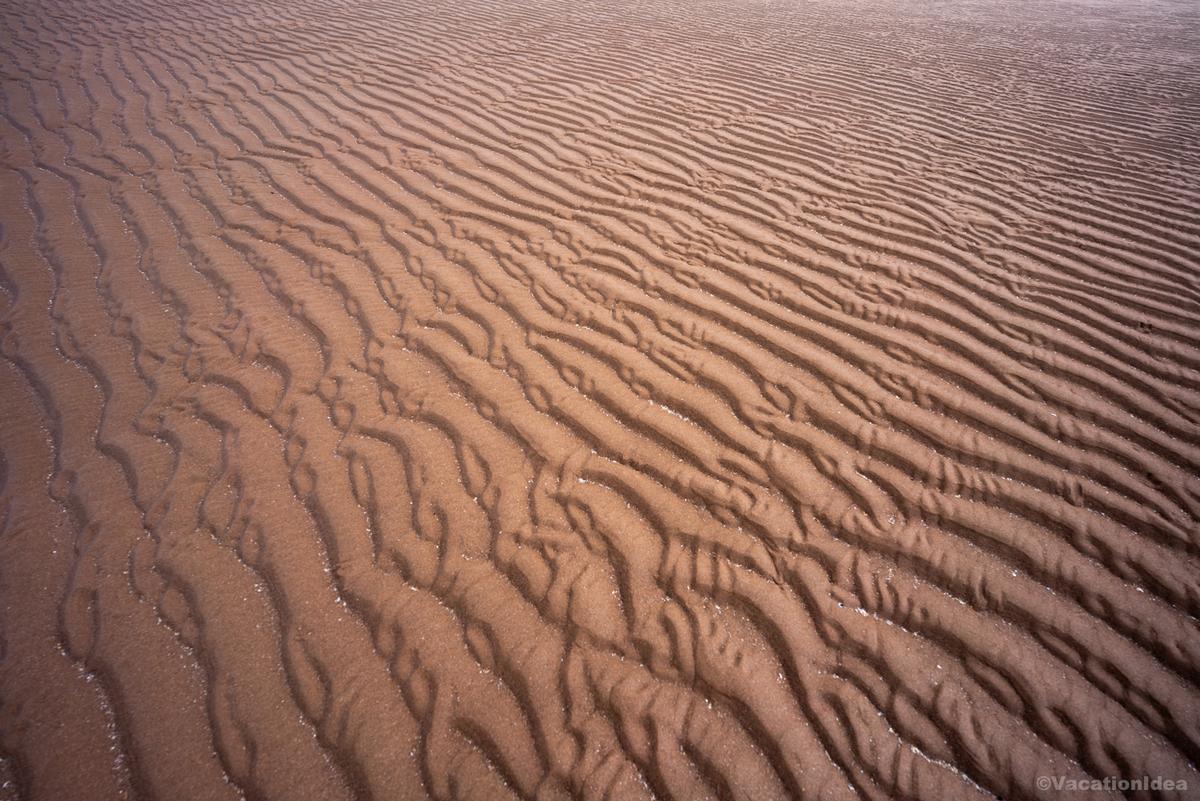
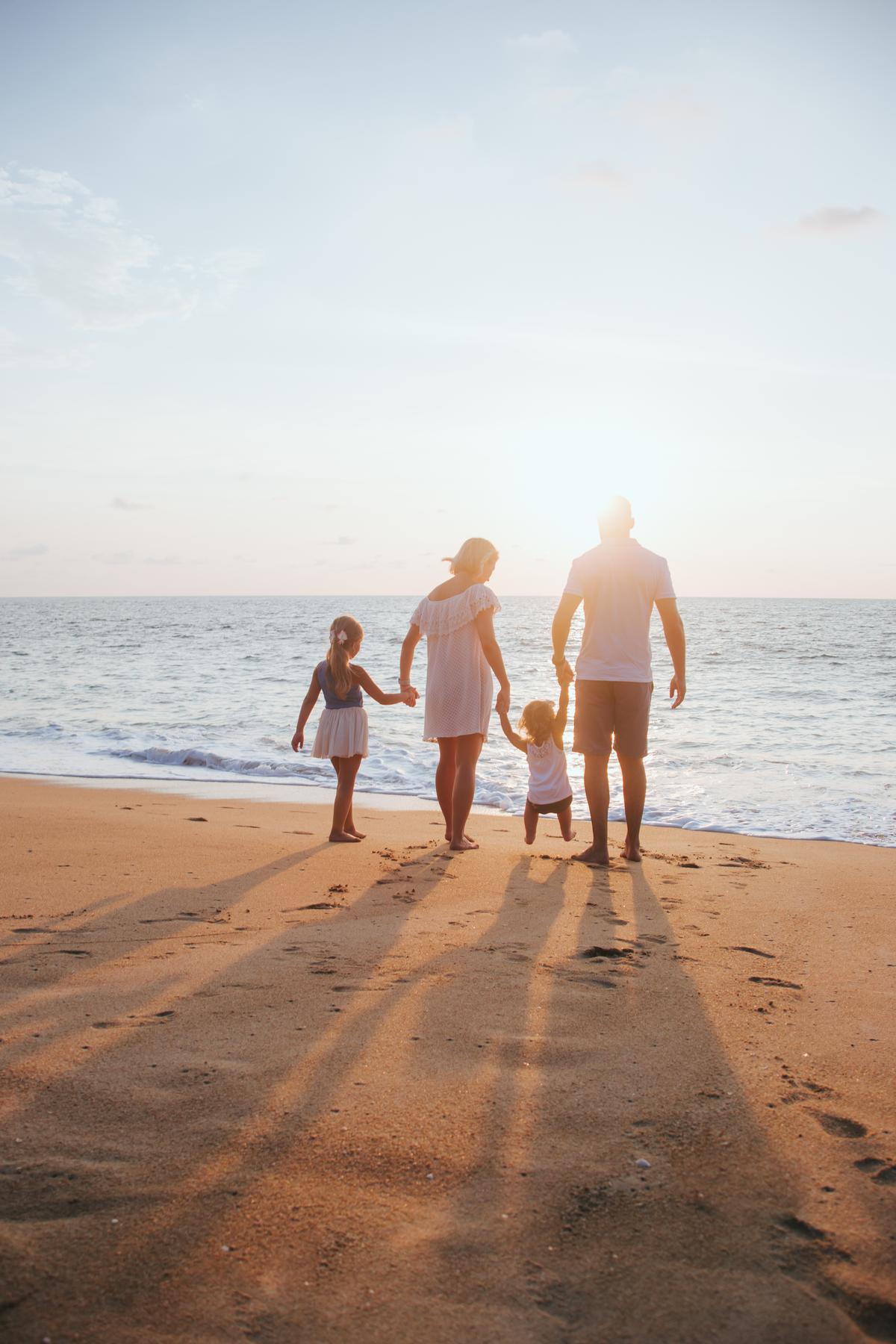
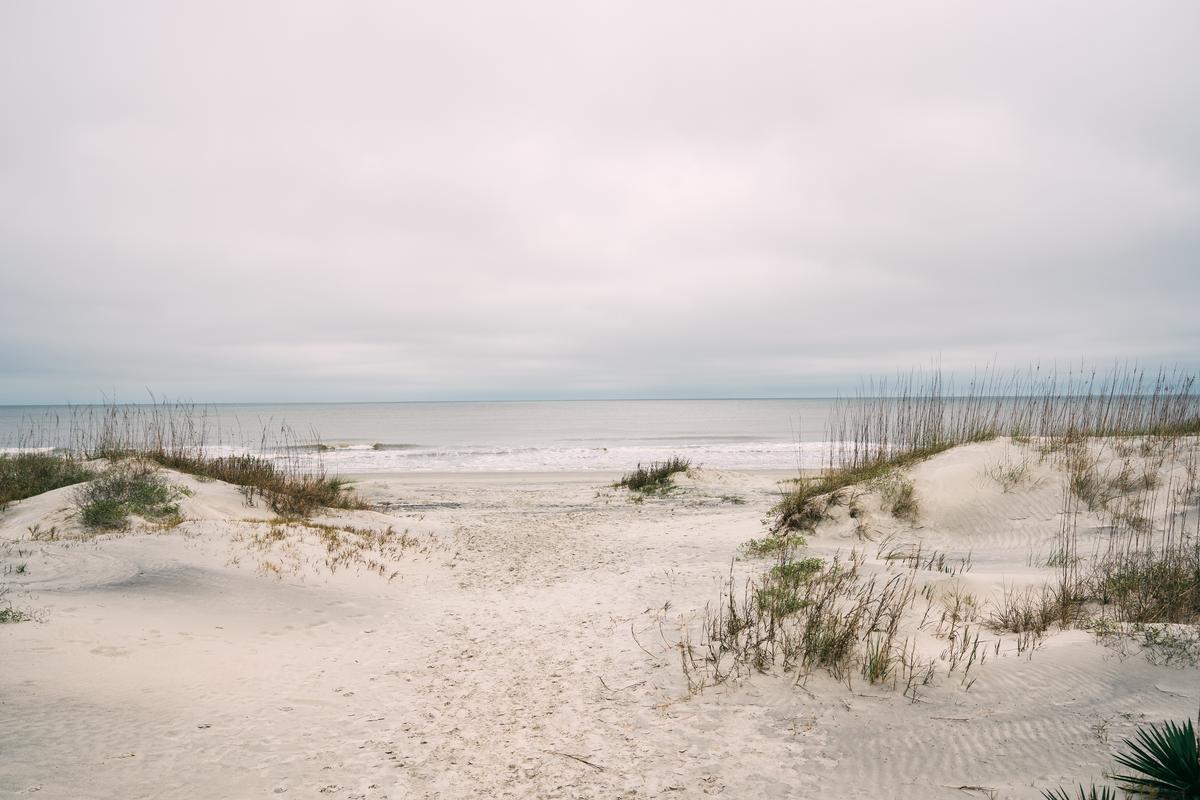
5. Cabretta Beach - 2 hours from Savannah
This beach is less famous than other Georgia beaches so it felt like a secret, located along a quiet piece of shoreline where you can look forward to solitude and undisturbed nature. There is a campground on Sapelo Island (accessible by ferry) but there are no hotels or boardwalks here so you are going for a raw, wilderness experience.
I think this is the most unique beach in Georgia because it's still holding on to its natural atmosphere. Be sure to make caping reservations and confirm that the campground and ferries are operating before you get started on this trip...Once we tried visiting and the campground was closed for repairs.
- Location: On the northeastern shore of Sapelo Island, within the Cabretta Campground area Map & Directions
What I loved best:
The way this beach was a hidden secret.
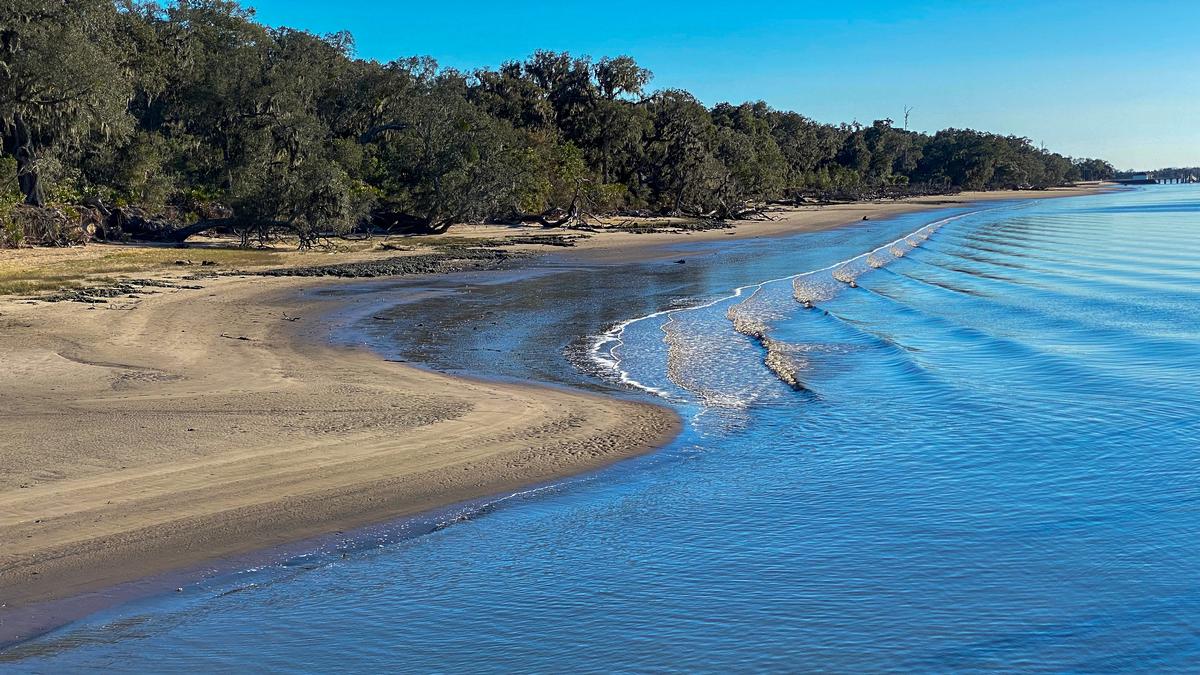
6. Cumberland Island National Seashore
This island is another wilder, quieter place where you get a chance to reconnect with nature on vacation. There are dunes, forests and incredible beaches that you can have to yourself (if you don't mind sharing with the wild horses in the distance--they won't bother you).
Reaching the island required a scenic 45-minute ferry ride from St. Marys, Georgia, already setting the mood for an off-the-grid adventure. The rustic Sea Camp campground offers plenty of shade.
There are 17 miles of amazing beach, sandy trails through forest and mars, the ruins of the Dungeness Mansion, and loggerhead sea turtle nesting sites along the shore.
- Location: Off the southeast coast of Georgia near the Florida border, accessible by ferry from St. Marys Map & Directions
What I loved best:
My personal highlight was the incredible night sky so far from light pollution.
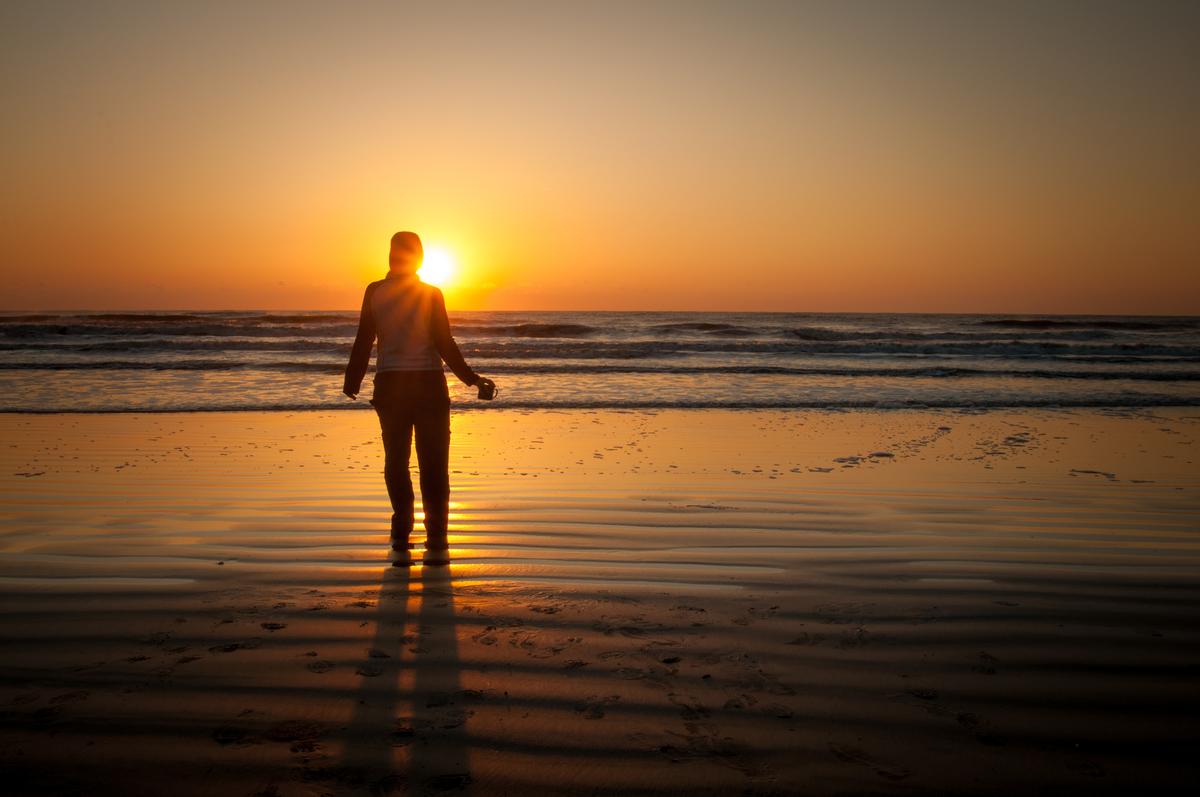
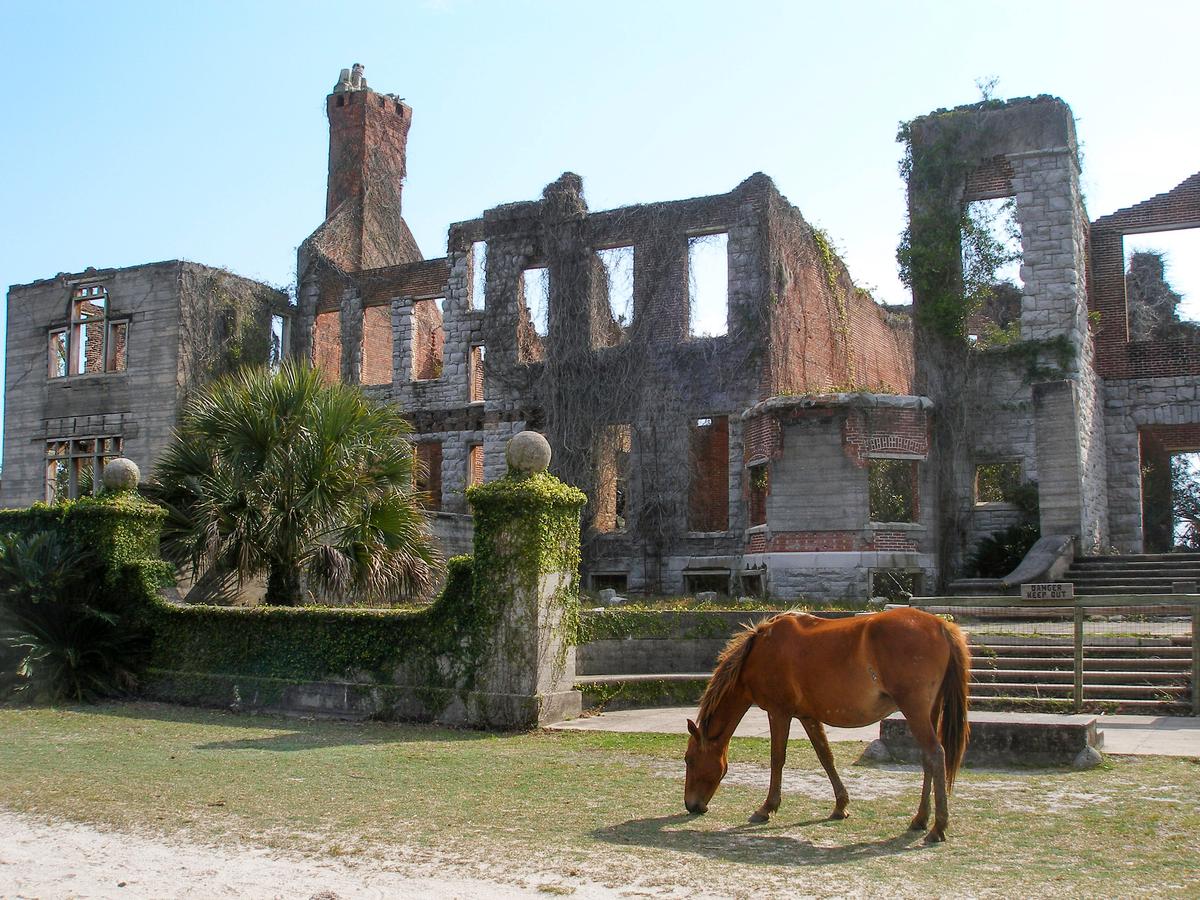
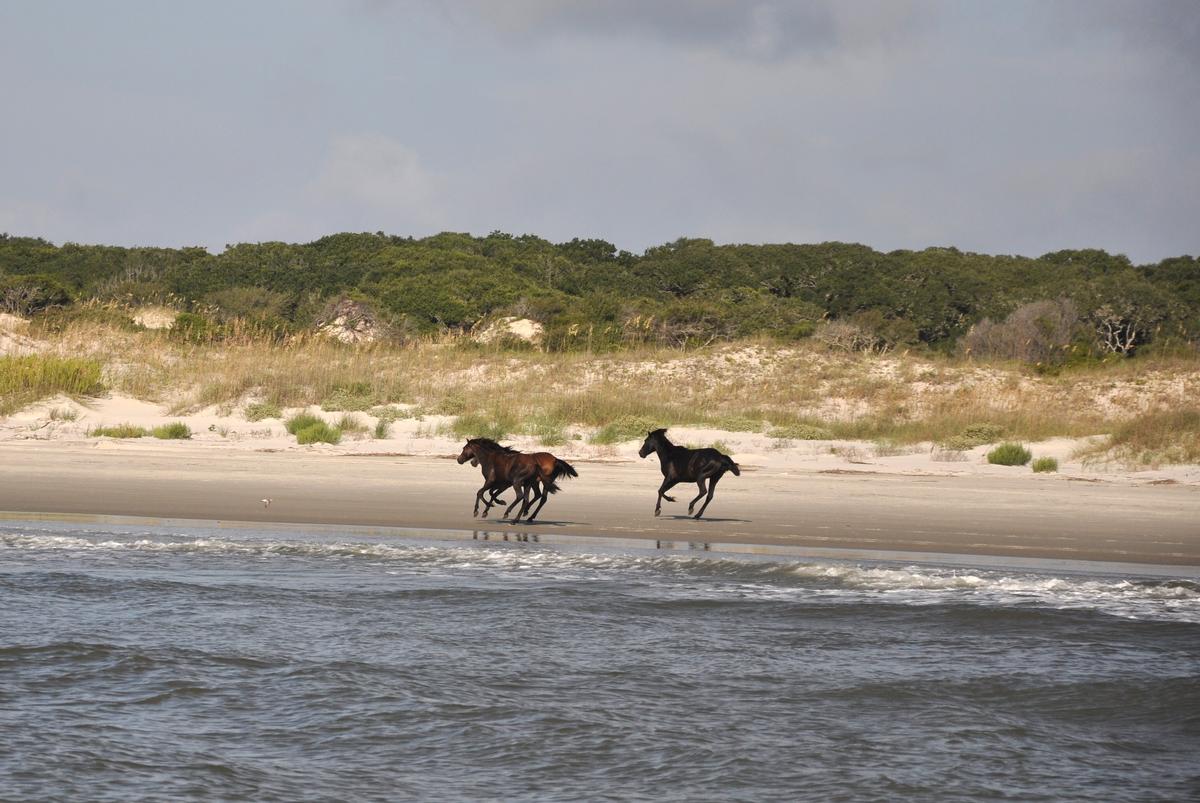
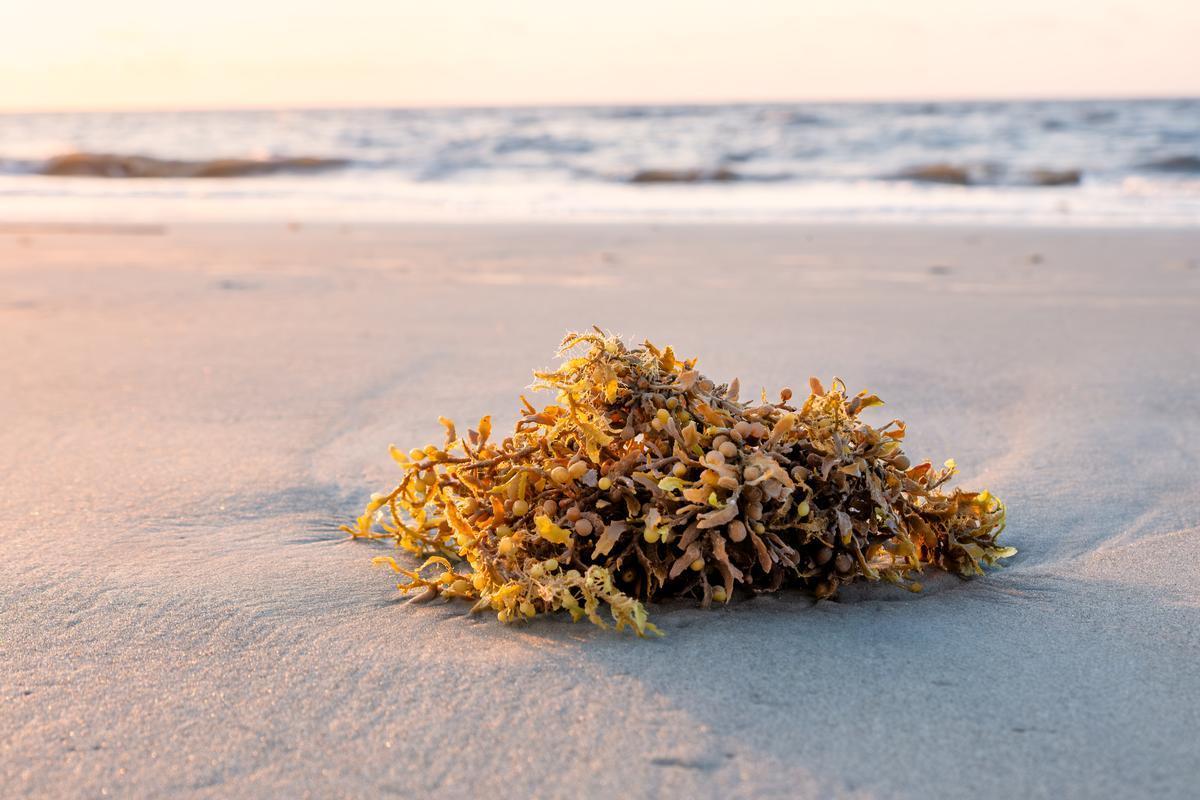
7. East Beach on St. Simons Island
If Cabretta and Cumberland Islands sound too remote for you, no worries, you are not alone. You can head to the lively St. Simons Island instead, and still find plenty of peace and quiet.
East Beach on St. Simons Island in late August (when most families left to return to school) was broad, golden, and much more quiet than earlier in the summer. I loved how firm the sand was so that it was easy to walk barefoot without getting quickly tired.
- Location: On the southeastern coast of St. Simons Island, along the Atlantic Ocean near the historic Coast Guard Station
- Map & Directions
What I loved best:
Low tide was my personal highlight because you can look down and discover unique sea creatures inside the tide pools.
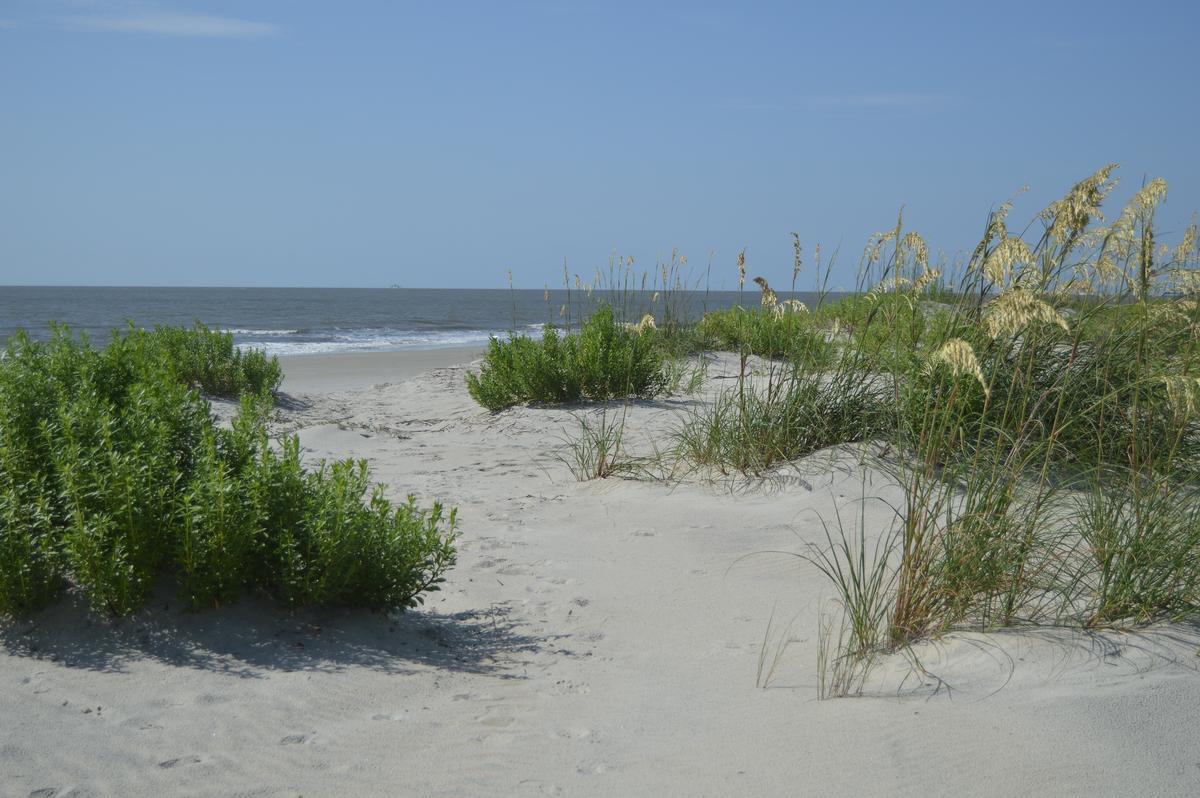
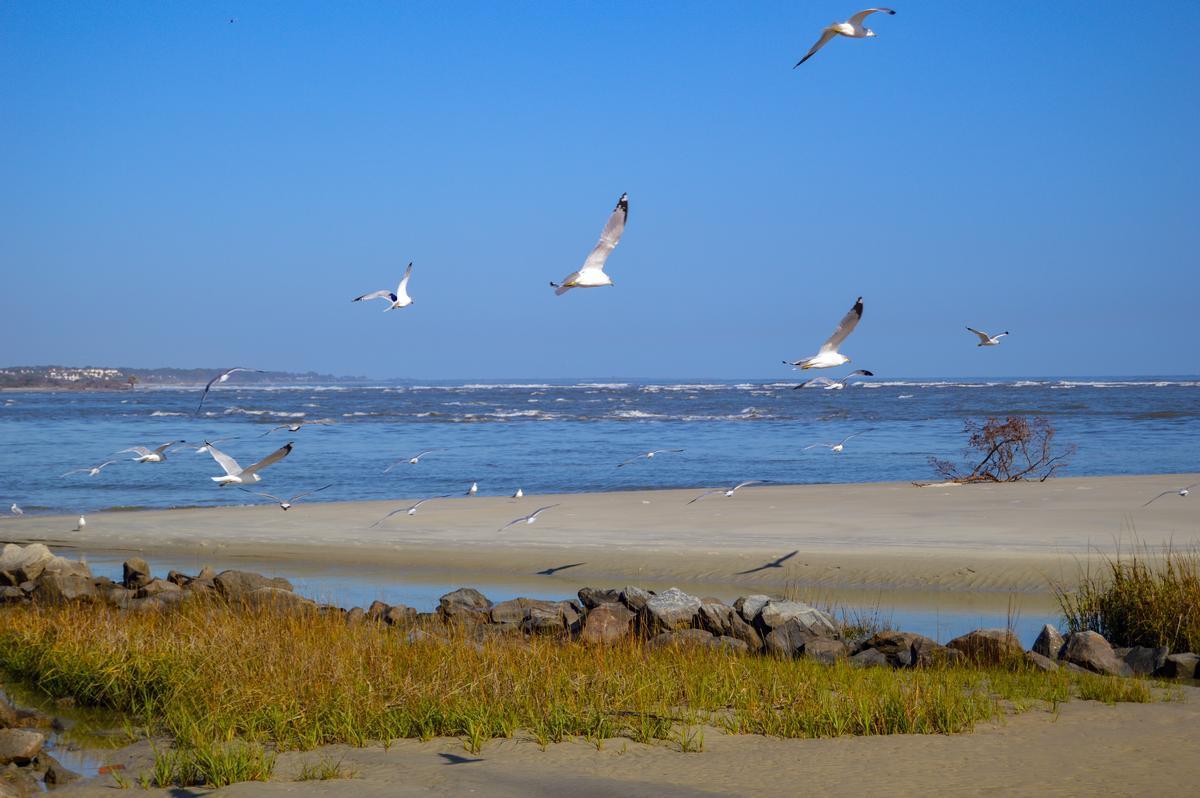
8. Gould's Inlet, St. Simons Island
This place is a quiet section of St. Simons with sandbars, tidal pools and many shorebirds. You'll find it Perched at the north end of East Beach and the inlet is reached by a wooden observation deck and boardwalk.
- Location: On the northeastern tip of St. Simons Island, Georgia, where East Beach meets the tidal inlet overlooking Sea Island
- Map & Directions
Best Lake Beaches in Georgia
After sharing my favorite ocean beaches in Georgia, I've saved some the absolute best lake beaches in Georgia for last.
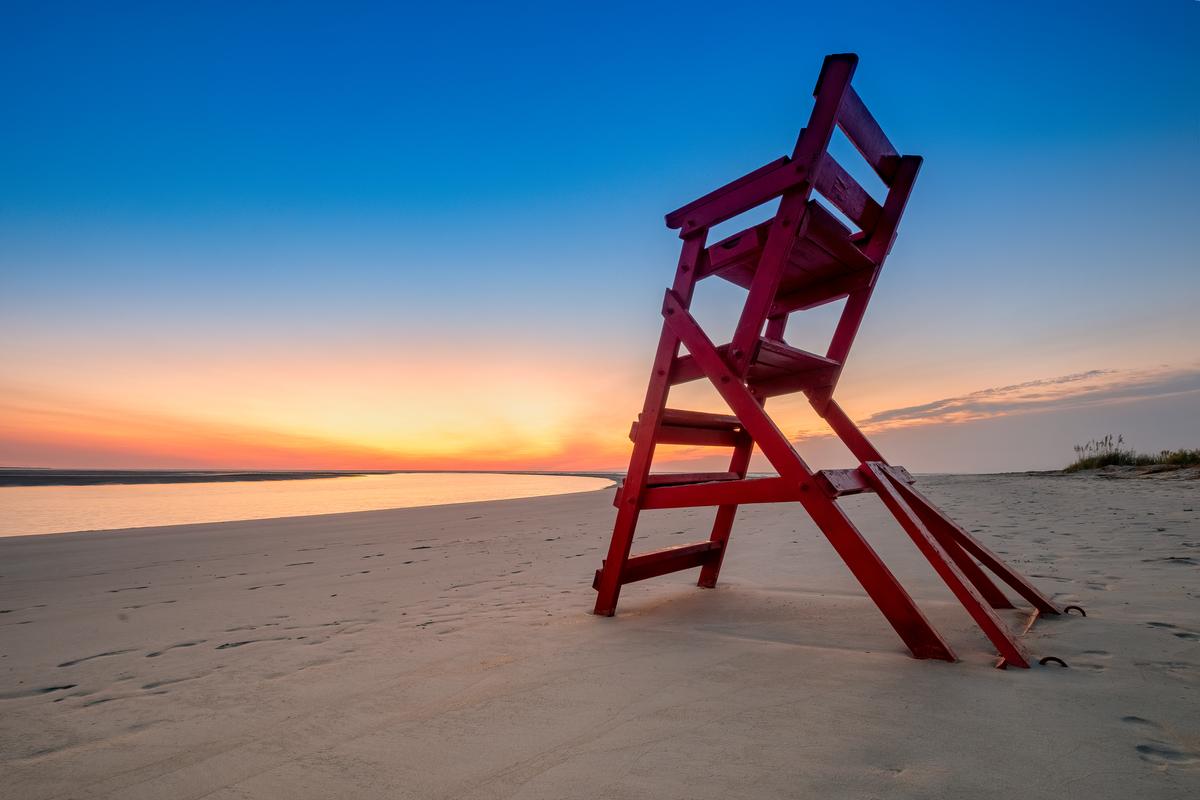
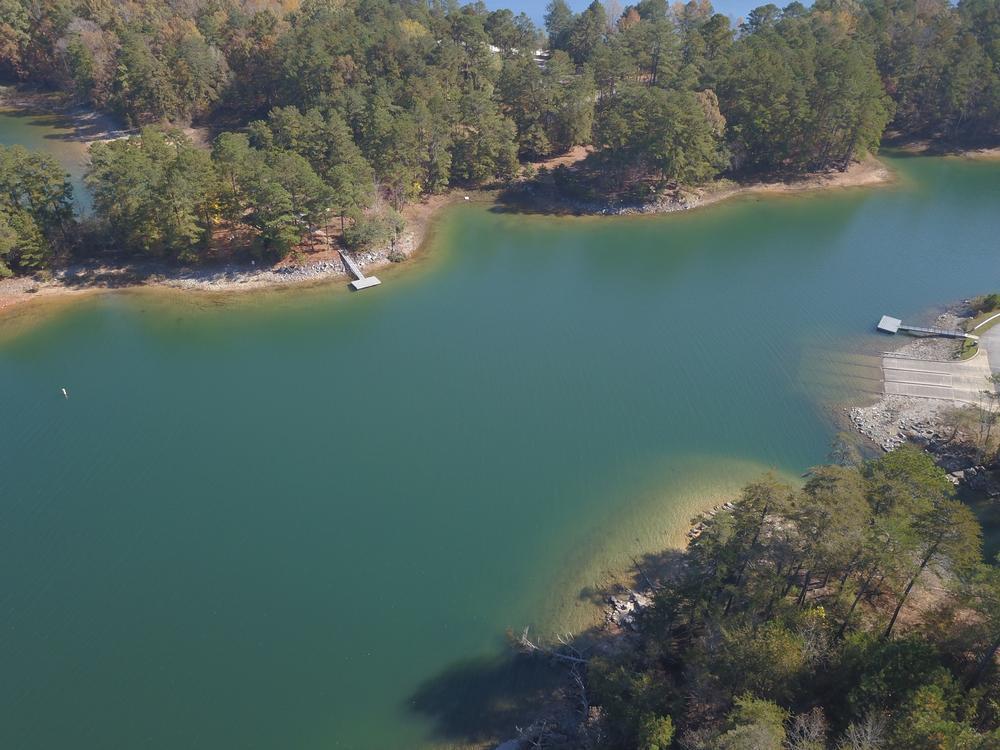
9. Lake Lanier Beach
I thought that Lake Lanier’s beaches were the best beaches in Georgia when I moved to the South. I loved how easy it's to reach by car from Atlanta (about 90 minutes if there's traffic, 60 minutes if you avoid weekends).
If you are not used to lake beaches, I think you'll be pleasantly surprised at how fun swimming here can be! Part of the fun is the scenery with hills, pine trees, boats cruising by...it's a super cool experience.
Margaritaville at Lanier Islands, the lake’s most famous beach park, is a huge hit with family and I have to say that despite the chaos it totally won me over.
The sand was soft beneath my feet, the water surprisingly clear, and the whole scene felt more like a coastal boardwalk than an inland lake, due to music, food stalls, and a waterpark.
Away from the main hub, you should make time for smaller beach parks like Van Pugh, Mary Alice, and War Hill. It's a totally different Lake Lanier’s shoreline.
- Location: Along the shores of Lake Lanier in northern Georgia, primarily in the Lanier Islands area near Buford Map & Directions
- Margaritaville at Lanier Islands
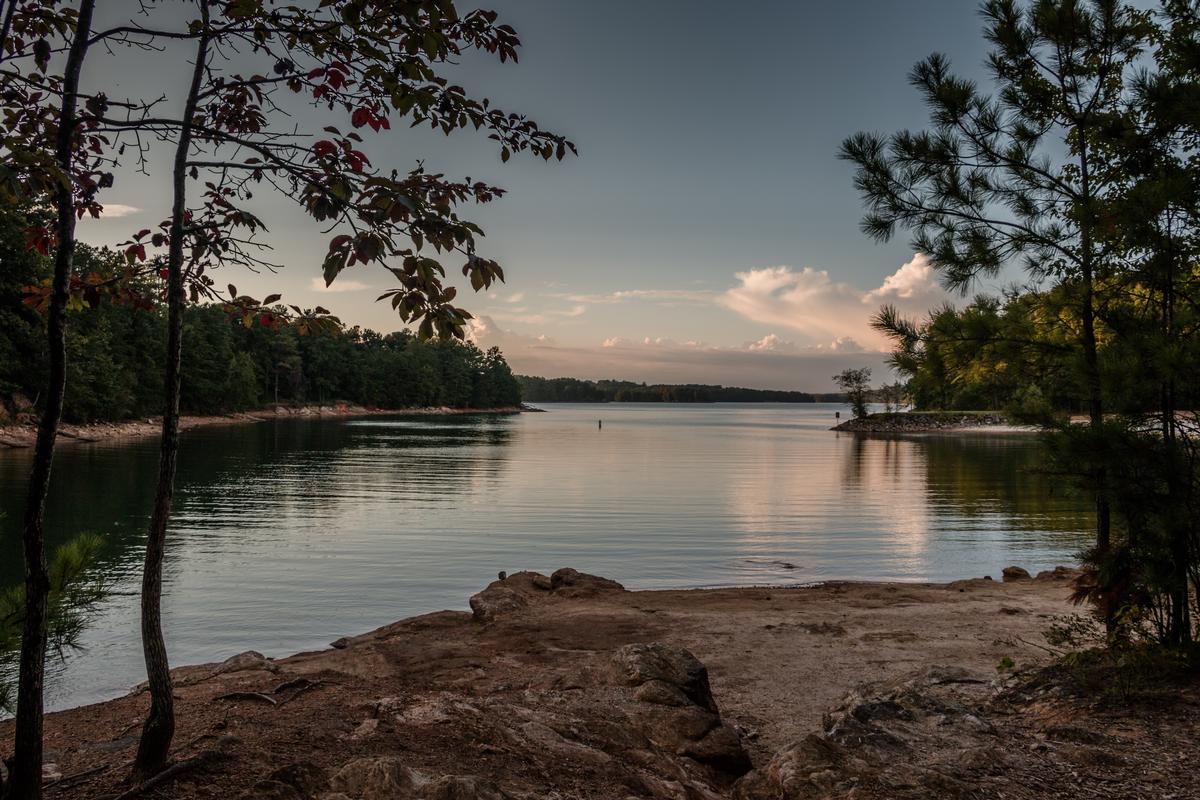
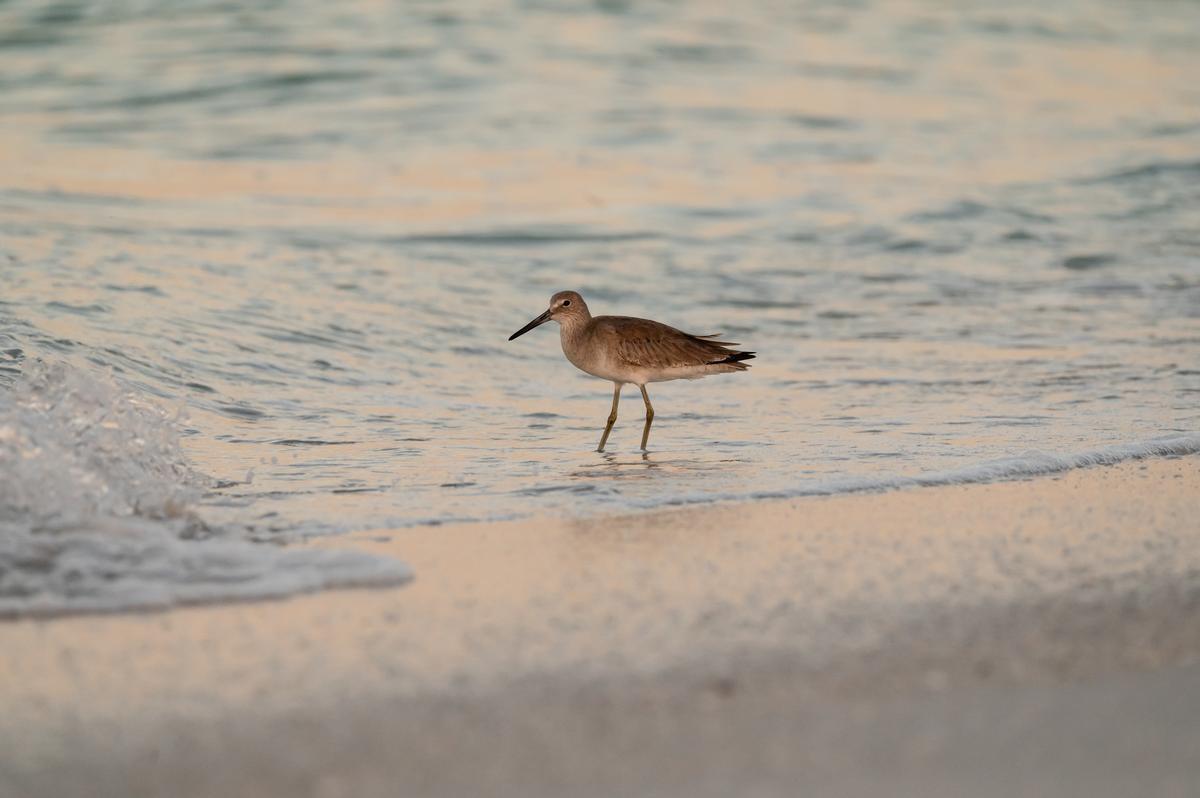
10. John Tanner State Park
Chris and I both thought that this park was the most interesting island we every visited. Why? Because you get sandy beaches and freshwater lakes as well as rolling hills of west Georgia.
The park itself is centered around two spring-fed lakes, surrounded by pine trees, shady banks for fishing and the hum of cicadas in the summer. It's just an hour 15 minutes west from Atlanta, so you can easily make it there and back on a day trip. But if you stay the night because your on a road trip, 3-star Courtyard Carrollton is just 15 minutes by car.
- Location: In west-central Georgia near Carrollton, featuring a large sand beach along John Tanner Lake Map & Directions
- John Tanner State Park website
What I loved best:
The sunset was my favorite. For me, John Tanner State Park is one of the best spots in Georgia. It's romantic, peaceful, and a favorite escape I can’t wait to return to!
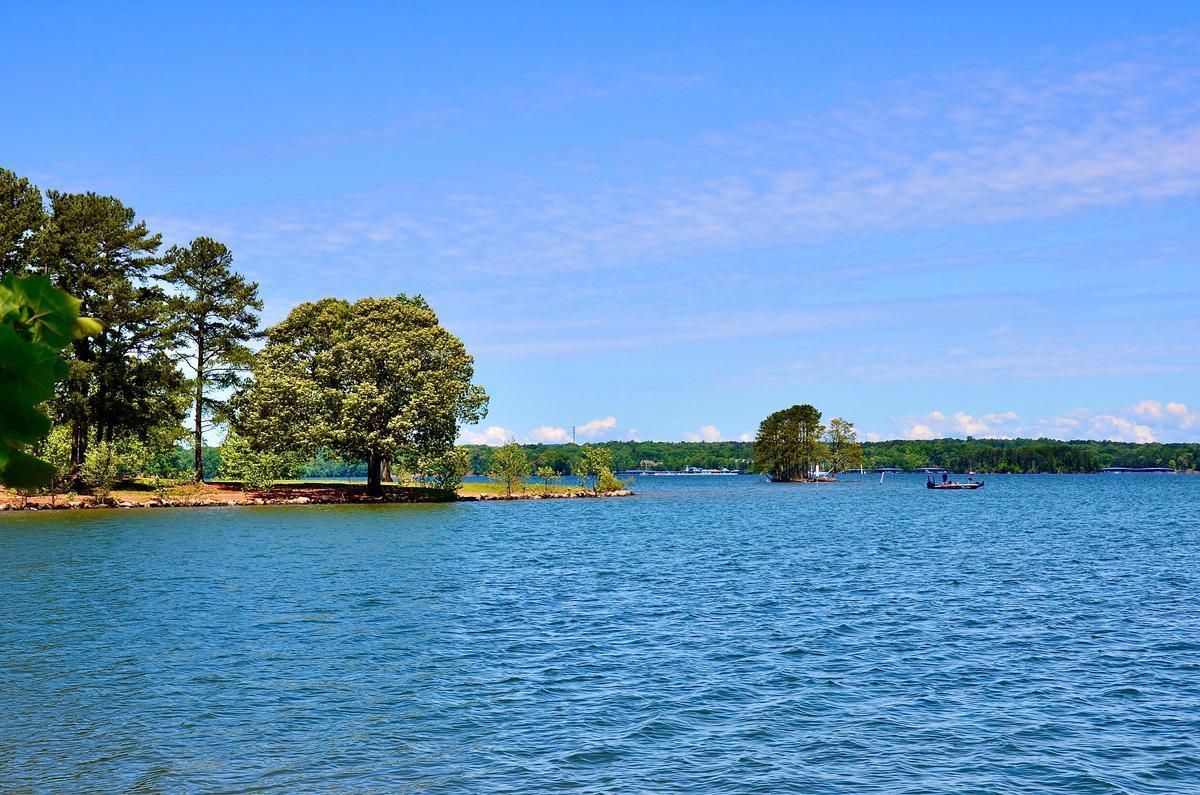
Booking Checklist
1. Book Your Flight - I use Expedia because I like their mobile app with my itinerary. They've helped me re-book flights on many occasions. Once you reach their Gold tier, support is especially good.
2. Book Your Hotel - I use Booking.com or Expedia, depending on my destination.
3. Book Your Rental Car - I use Expedia.
4. Book your tours on Viator or Get Your Guide.
5. If you are planning to visit more than three national parks in the next 12 months, buy the America the Beautiful Pass.
